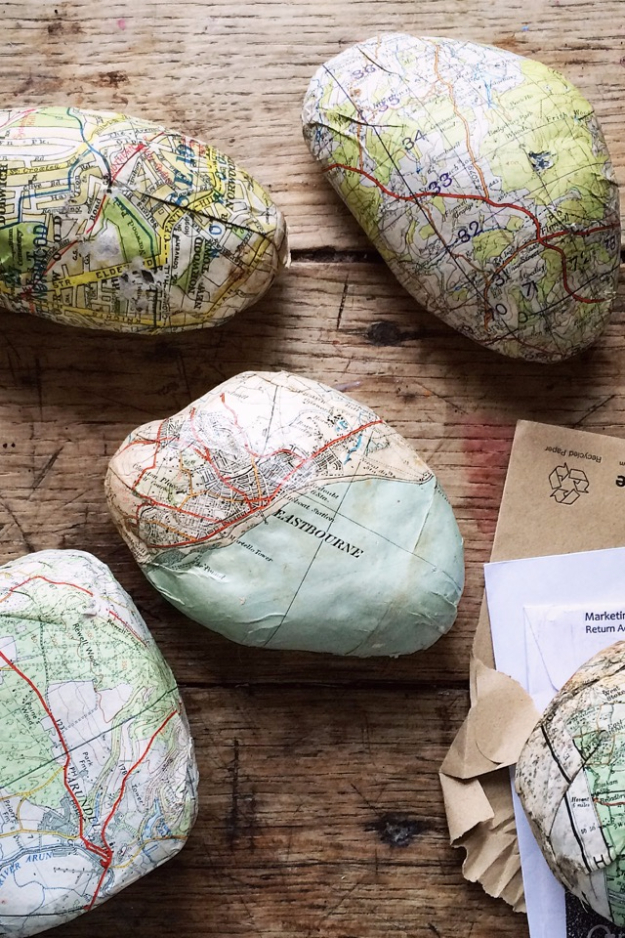
These are the things you need to do before you learn how to knit. It's a lot like riding a bicycle: practice makes perfect. Knitting your first project can be quite ugly so practice making it better.
Casting your vote
Casting on knitting is the act of adding new stitches to a project. The number of stitches cast on will depend on the size of the yarn and the tension you're using. When you cast on a knit, you must leave a tail and use a relaxed tension. A minimum of three inches should be left over yarn.
Casting on a knit can be done in many ways. The backward loop cast-on is one method. This method involves adding several half-hitches onto the needle, creating stretchy edges. This method can be used to add several stitches in the middle of the fabric. This method is more difficult to knit because the edge isn't straight. The twisted simple casting-on is another option. You twist the loop around your thumb before picking up a new loop from the backside. This method is more straightforward, but less flexible.
Picking a design
It is important to think about these things before you start a knitting project. It's important to find something both practical and attractive. Once you have it, you can practice. Additionally, you will want to find a pattern which is not too difficult to make.

It can be difficult to choose a knitting pattern, but don’t worry! There are many types of knitting patterns that can be used to suit different levels. It is important to find a knitting pattern that you love. Also, the pattern should be appropriate to your level of skill.
Choosing a yarn
Selecting the right yarn for your knit project is an important part of the knitting process. The wrong choice will affect the outcome of the finished project and could leave you disappointed. There are many factors that go into making the right choice, including cost, stitch definition and drape, colourway, availability, cost, and availability. Make sure to read the label before making a decision.
There are three main types of yarn: animal fiber, plant fiber, and blends. For making soft items such as sweaters and scarves, the animal fiber yarns can be used. The versatility and durability of plant fiber yarns is impressive.
Choosing a needle size
When you start a new knitting project, it is important to choose the right size needle. There are many different sizes, materials, and types of knitting needles. Some are specifically made for certain knitting patterns. Others are more general. Picking the right needle size for your knit project is important.
It is important to match the gauge of your project with the size needle you are using. The gauge of your knit will help you know how many stitches you should be knitting per centimetre. This information should be provided in the pattern you're working on. A successful project is unlikely to be possible if the gauge of your knitting needles differs.

How to choose a stitch
The most important step in knitting is choosing a stitch. Good choice of stitch will give your knitting project uniformity. It is also important to gauge when knitting. It is a measurement used to ensure that your stitches will come out evenly. You can check the label of the yarn to determine the right gauge. It will often have information about the needle's size and gauge, along with the length and breadth of a stitch.
When choosing a needle to start your knitting project, consider the gauge you have and the number of stitches that you need. The stitch gauge and row of each stitch is different. This means you must decide how many stitches will be picked up along each edge to prevent any puckering. Generally, you need to pick up three stitches every four rows or five rows.
FAQ
What are some ideas for hobbies?
Hobby Ideas for those who love to teach and learn.
Hobbies are a great way for you to do what you love and also learn something new.
There are many kinds of hobbies. However, all have the same characteristics. These are fun, easy activities that cost little and don't take too much effort.
They often involve helping others, such as teaching an instrument to someone or building an airplane model.
You may not think of yourself as a teacher but there might be something you could do in order to help someone else learn.
So if you want to be more creative in your life, consider starting a hobby where you can use your skills to help others.
What is a hobby that kids can do?
For kids, a hobby can be any activity that they are interested in doing as part of their everyday routine. You might find them interested in drawing, building things, painting, writing stories, playing with toys, listening to music, reading books, watching TV, and playing computer games. They may also like to play soccer, football, basketball, cricket, rugby, baseball, and hockey.
Many parents worry that their kids will get into trouble when they're free to do what they want. This is not necessarily true. Your child won't get in trouble if they are safe and don't do any harm to anyone.
It's important for people to understand that just because they like something doesn't necessarily mean they'll choose it all the time. They might decide to draw instead of write if they enjoy drawing pictures.
There are many types of hobbies. It's up to you to choose one that you really enjoy.
What does a hobby really cost?
Time is all that's required to make a hobby a success. It can take many years to accomplish what you desire if you are serious about it.
However, there is something that can help. It's called "passion". If you have passion about something, it will make it easier for you to work hard.
You may become addicted to the activity once you have put in enough hours. This is where the real fun begins. Because you're doing something you like and it keeps getting better. So by the end of the year, you will probably have made quite an improvement.
Don't be too concerned about how long it takes. Give it a shot. You may be surprised.
Which hobbies are most in demand right now?
Popularity does not always mean that you are popular. It is often used as an excuse for mediocrity. The fact is that most people do not have time to pursue any hobby they want. They are often too busy working to make ends satisfy. What do you do with your spare time? You could start your own company.
However, this isn't easy. You will need to overcome many obstacles before your idea can become a reality.
A hobby is a great option if you're looking to do something different than run a business.
Hobbies can be more than just creative pursuits. There are many hobbies. Here are some examples:
-
Gardening
-
Cooking
-
Photography
-
Reading
Why do we require hobbies?
Hobbies are a vital part of our lives as they allow us to unwind, relax, think creatively and exercise. They also give us the opportunity to socialize, network, and have fun. You can also learn new skills and develop lifelong interests.
Hobbies are a way to find meaning and purpose.
They are often a great way to spend free time when you don't have much else going on.
They are fun!
If you don’t have the time to do a hobby, you likely don’t have any other hobbies.
So take a look at all the options available to you. You might consider starting a hobby if you don't already have one.
Statistics
- Almost 80% of people claim to have no hobby. (hobbylark.com)
- Studies show that just six minutes of reading can reduce stress levels by 60 percent. (oberlo.com)
- The intensity of the dialogue partners' bond at the end of the forty-five-minute vulnerability interaction was rated as closer than the closest relationship in the lives of 30 percent of similar students. (time.com)
- Much of this decline reflects the fact that teens are less likely to work today than in the past; among employed teens, the amount of time spent working is not much different now than it was around 2005. (pewresearch.org)
- 37% Video Games 36% Travel 36% Health and Fitness (quizexpo.com)
External Links
How To
How to learn how to play a musical instrument
There are many options for learning how to play the piano. You could either go to a school, buy a book, take lessons from someone who plays an instrument, watch videos online, etc. However, if you decide to find your own way to learn, here are some tips and tricks that might help you out.
-
Find something you are interested in. You don't have to like every instrument you see. It is difficult to enjoy an instrument if it is not something you are interested in.
-
Be patient. Learning anything new takes some time. You don't have to learn everything in one go. Instead, you should continue practicing every day.
-
Regular practice is important. Do this even when you feel tired. This will ensure that you won't forget what you learned.
-
Make sure you choose a safe place to practice. Ideal is a quiet area where you don't have to disturb anyone else. Be sure to not distract others. Also, don't let loud music play near your home.
-
Have fun. Music should be enjoyed. So make sure that you always have fun while practicing. You'll be more motivated to practice if you enjoy yourself.
-
Set goals. Setting goals will help you to know exactly what your goal is. You will never be ashamed to fail.
-
Keep track of your progress. Keep track of all your successes and failures. It will help you become a better person over time.
-
Take breaks. Sometimes, you will just need to stop for a while. Take breaks to allow you to reflect on things.
-
Ask questions. Ask for help if you are unsure or have questions about certain aspects of the instrument. They may be willing to help.
-
Listening is the best method to learn. Many musicians learn by listening to the songs they love and then imitate them. This helps them understand the basic concepts behind the song.
-
Read books. Watching videos or taking classes will not teach you as much as reading books. Books contain information you will not find anywhere else.
-
Join a group. Playing with others forces you to practice more. Plus, you'll meet people with the same interests as you.
-
Learn from tutorials. Tutorials are videos that provide detailed explanations of various topics. These videos usually focus on one specific aspect of the instrument. Tutorials can be helpful in understanding difficult parts of an instrument.
-
You can try different methods. Some people prefer to learn through lectures, whereas others learn better by reading. Keep trying until you find your preferred method.
-
Practice makes perfect. You don't become an expert overnight. You must work hard to become proficient enough to do well.
-
Get along with other musicians. You can learn faster by listening to other musicians play your favorite songs.